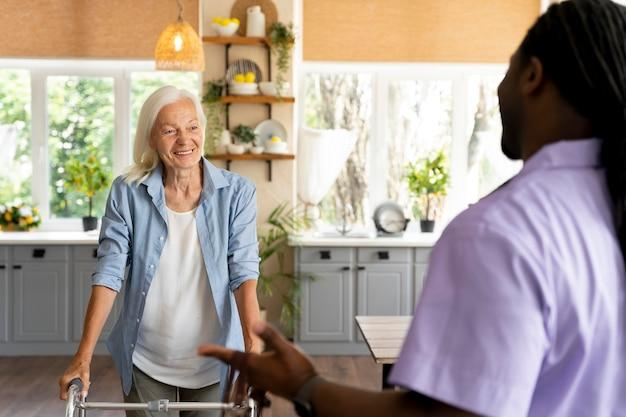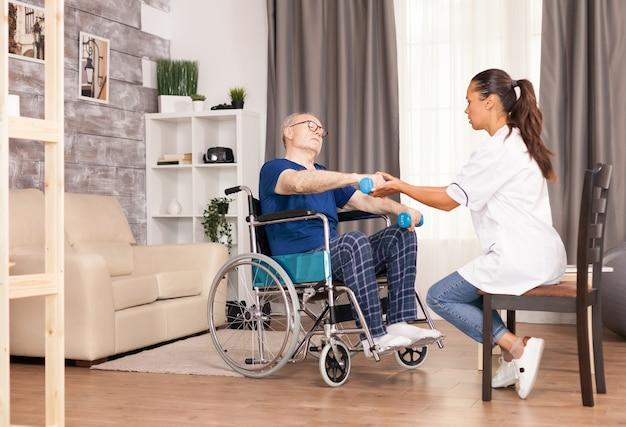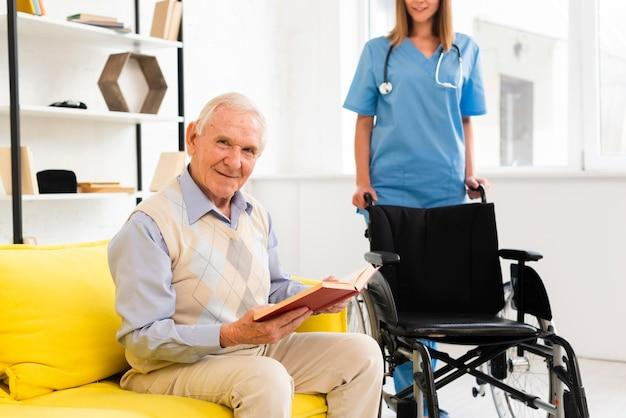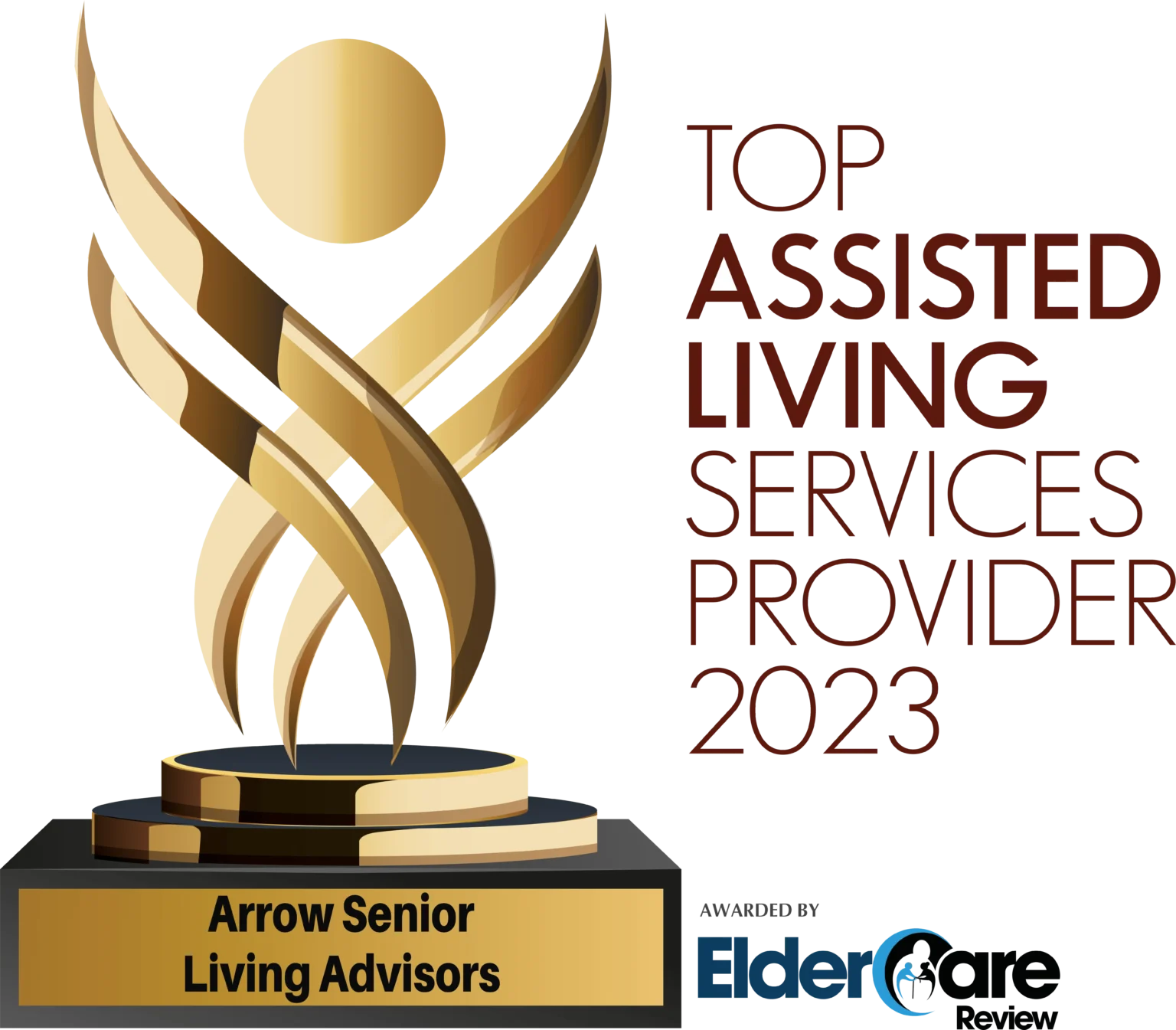Falls are a significant and often preventable health risk for older adults. The fear of falling can lead to a decline in physical activity, social isolation, and a reduced quality of life. The Centers for Disease Control and Prevention (CDC) reports that one in four older adults falls each year, and these falls are a leading cause of hospitalization and death among this population.
Understanding the complex interplay of factors contributing to falls is crucial for developing effective fall prevention strategies. Beyond the immediate physical consequences, falls can have a profound impact on a senior’s emotional well-being, independence, and overall quality of life.
The Complexities of Fall Risk
While the risk of falling increases with age, it’s essential to recognize that falls are not an inevitable part of aging. Numerous factors contribute to fall risk, including:
Intrinsic factors
Age-related changes in balance, strength, and gait; chronic conditions like arthritis, osteoporosis, and Parkinson’s disease; and sensory impairments such as vision loss or hearing difficulties.
Extrinsic factors
Environmental hazards like poor lighting, cluttered spaces, and slippery surfaces; medication side effects; and improper use of assistive devices.
Psychosocial factors
Fear of falling, reduced physical activity, and social isolation can create a vicious cycle that increases fall risk.
Addressing these factors requires a multifaceted approach that considers the individual’s unique circumstances and needs.

Creating a Safe Home Environment
A fall-proof home is the first line of defense in preventing injuries. Here are some practical steps to create a safer living space:
Reduce clutter
Remove tripping hazards like loose rugs, cords, and clutter from walkways and stairs.
Improve lighting
Install brighter light bulbs, use nightlights, and consider motion-sensor lights for hallways and stairs.
Enhance bathroom safety
Install grab bars near the toilet and shower, use non-slip mats, and consider a shower chair.
Address outdoor hazards
Clear walkways of debris, uneven surfaces, and slippery spots.
Regular home inspections
Conduct routine inspections to identify and address potential hazards.
By making these modifications, seniors can significantly reduce their risk of falls and create a safer living environment.

The Importance of Exercise and Physical Activity
Regular exercise is essential for maintaining strength, balance, and flexibility, all of which are crucial for fall prevention. Incorporating a variety of exercises into your routine can help improve overall physical function and reduce the risk of falls.
Balance exercises
Practice standing on one leg, walking heel-to-toe, and tai chi to enhance balance and coordination.
Strength training
Build muscle strength through resistance exercises using weights, resistance bands, or bodyweight exercises.
Flexibility exercises
Improve range of motion and flexibility through stretching and yoga.
Cardiovascular exercise
Engage in activities that elevate your heart rate, such as brisk walking, swimming, or dancing.
Vision Care and Fall Prevention
Maintaining good vision is vital for safe mobility. Regular eye exams are essential to detect and correct vision problems that can contribute to falls. If you experience changes in your vision, consult with an eye care professional promptly.
Medication Management
Many medications can cause side effects that increase the risk of falls, such as dizziness, drowsiness, or impaired balance. Regularly review your medications with your doctor to identify any potential risks and explore alternatives if necessary.
Assistive Devices
Assistive devices like canes, walkers, or crutches can provide additional support and stability for seniors. It’s essential to choose the right device and learn how to use it properly. Occupational therapists can help with device selection and training.
Assisted Living Communities and Fall Prevention
Assisted living communities play a pivotal role in creating a safe and supportive environment for seniors. By implementing comprehensive fall prevention strategies, these communities can significantly reduce the risk of falls and enhance residents’ quality of life.
Proactive Fall Risk Assessments
Regular assessments are essential to identify residents at risk of falling. These assessments involve a thorough evaluation of physical, cognitive, and environmental factors that contribute to fall risk. By identifying potential hazards early on, communities can implement targeted interventions to mitigate risks.
Personalized Care Plans
Each resident’s fall risk is unique. Developing individualized care plans addresses specific needs and challenges. These plans may include exercise programs, medication reviews, environmental modifications, and assistive device recommendations.
Creating a Safe Living Environment
The physical environment plays a crucial role in fall prevention. Assisted living communities prioritize safety by:
- Optimizing lighting:Ensuring adequate lighting throughout the community, especially in hallways, stairwells, and bathrooms.
- Eliminating hazards:Regularly inspecting for and removing tripping hazards like loose rugs, cords, and clutter.
- Implementing slip-resistant flooring:Using non-slip surfaces in bathrooms, kitchens, and other high-risk areas.
- Providing assistive devices:Offering a variety of assistive devices, such as walkers, canes, and grab bars, to support residents’ mobility.
Staff Education and Training
Well-trained staff are essential for implementing effective fall prevention strategies. Ongoing education and training programs equip staff with the knowledge and skills to identify fall risks, respond to emergencies, and promote resident safety.
Exercise and Physical Activity Programs
Regular exercise is crucial for improving strength, balance, and flexibility. Assisted living communities often offer a variety of exercise programs, including tai chi, yoga, and strength training, to help residents reduce their fall risk.
Emergency Response Systems
Implementing personal emergency response systems (PERS) provides residents with a sense of security and allows for rapid assistance in case of a fall.
By prioritizing fall prevention and creating a safe living environment, assisted living communities can empower residents to live independently and confidently.
Next Level Senior Advisors: Your Partner in Safety and Independence
At Next Level Senior Advisors, we recognize the importance of fall prevention and creating a safe living environment for seniors. We collaborate with assisted living communities that put the safety of their residents first and provide several initiatives for fall prevention.
Our team can help you find an assisted living community that aligns with your loved one’s needs and provides the support they need to maintain independence and confidence. Families all over Oklahoma City, Tulsa, Wichita, St. Louis, Houston, Lubbock, San Antonio, Albuquerque, Santa Fe, Des Moines, Charlotte, and Allentown have benefitted from our services. Contact us today to learn more about our services and how we can assist you in finding the perfect senior care in Wichita.




